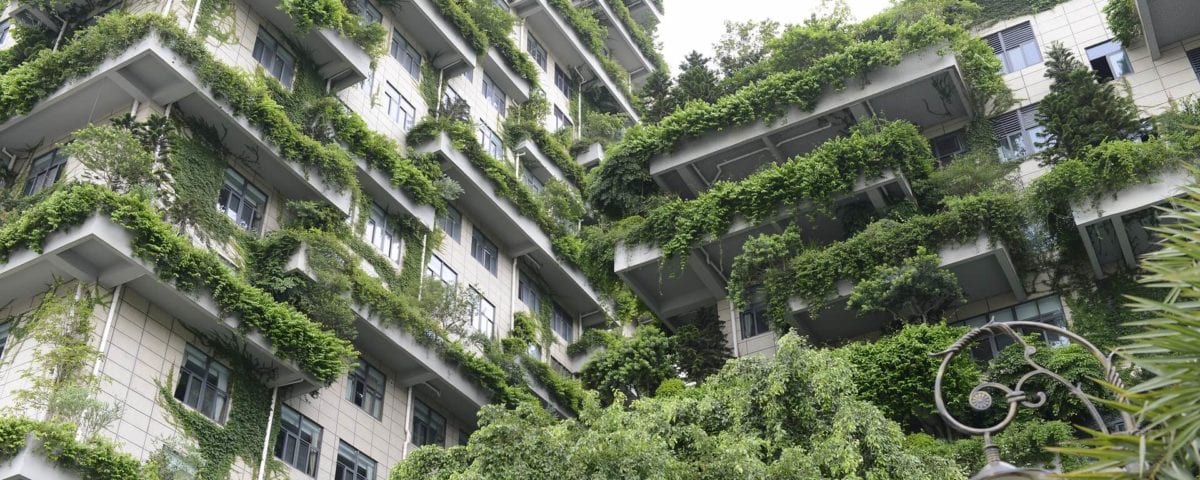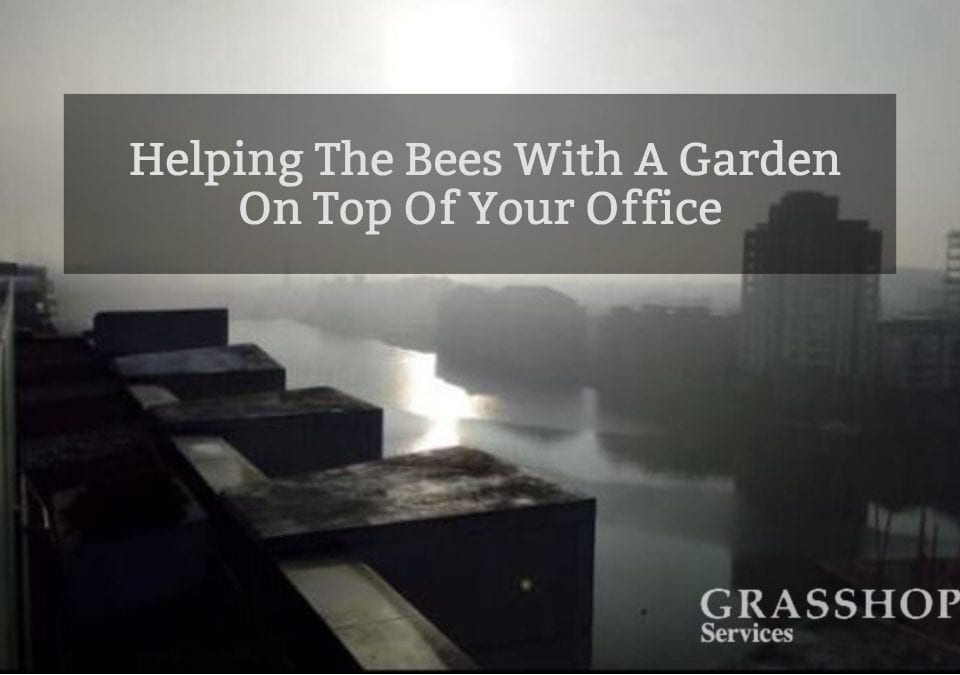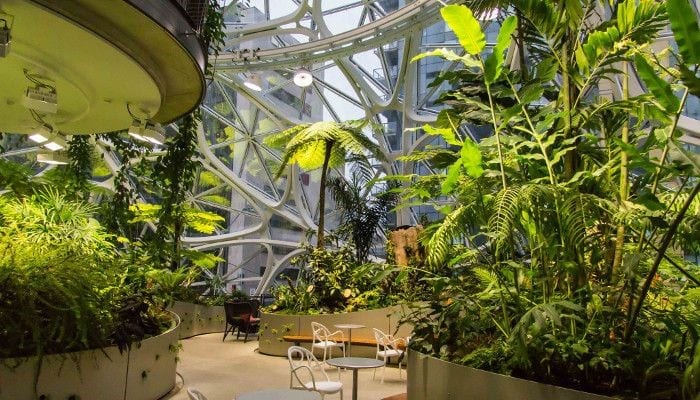
The Importance and Benefits of Green Building
Verticalization continues to advance in big cities, threatening the few remaining green areas. These urban jungles can no longer offer a good air quality, exposing the population to global overheating and all levels of pollution, including visual pollution.
Also, according to a UNEP survey, Global construction accounts for 40 percent of the accumulated waste and 40 percent of the world’s energy consumption, one-sixth of fresh water consumption and a quarter of all wood harvested. So, it is no wonder that eco-friendly and sustainable buildings are no longer being treated as a matter of fad, but they are coming out of the trend position and becoming a need, and will be more and more present, in the coming years.
It is therefore time to begin to inform ourselves about the advantages of building an ecological home, to detach ourselves from conventional solutions that deplete the planet in terms of resources and impoverish us by the expenses they incur.
In addition to being visually pleasing and improving air quality, these types of buildings can help with the cities’ heat islands, emission of greenhouse gases and contain floodwaters as they delay and regulate rainfall drainage.
The benefits of sustainable construction are numerous, not only environmental but also economic and socio-cultural:
Larger Market Value: Green building ensures the financial return on investment in the medium term and the savings in operating costs, being an excellent thermoacoustic solution, acting as an insulator, avoiding the transfer of heat, cold and noise to the interior of the building, thus saving energy with heating and cooling.
Better quality of life: These eco-friendly buildings are healthier and more comfortable for their users. They avoid problems such as indoor air pollution and respiratory diseases and provide a much less stressful routine with a more pleasant green landscaping, architecture and design to see. They can also be spaces of integration, contributing to the sense of community and driving people away from technology.
More productivity: Occupants of “healthy” buildings can also be more productive. For example; in the case of commercial buildings, they increase worker productivity; an American study has shown that companies located in green offices are more likely to attract and retain good employees.
Respecting the environment, providing the well-being of its residents, reusing materials and using all the concepts of sustainability to ensure that all resources function in the best possible way are some of the characteristics of an ecologically sustainable building.
Thinking sustainable is thinking with social and environmental responsibility.
For minimal environmental impact, building a sustainable home is a matter of social responsibility in a world that is facing serious environmental problems and a major financial crisis. The degradation of the planet and the extinction of resources increases poverty and, consequently, social crises. It is therefore very important that we move away from the conventional and begin to think ahead, especially in the world we want to leave to future generations. Sustainable buildings have repercussions that go beyond the environment. They bring about core behavioural and cultural changes.



